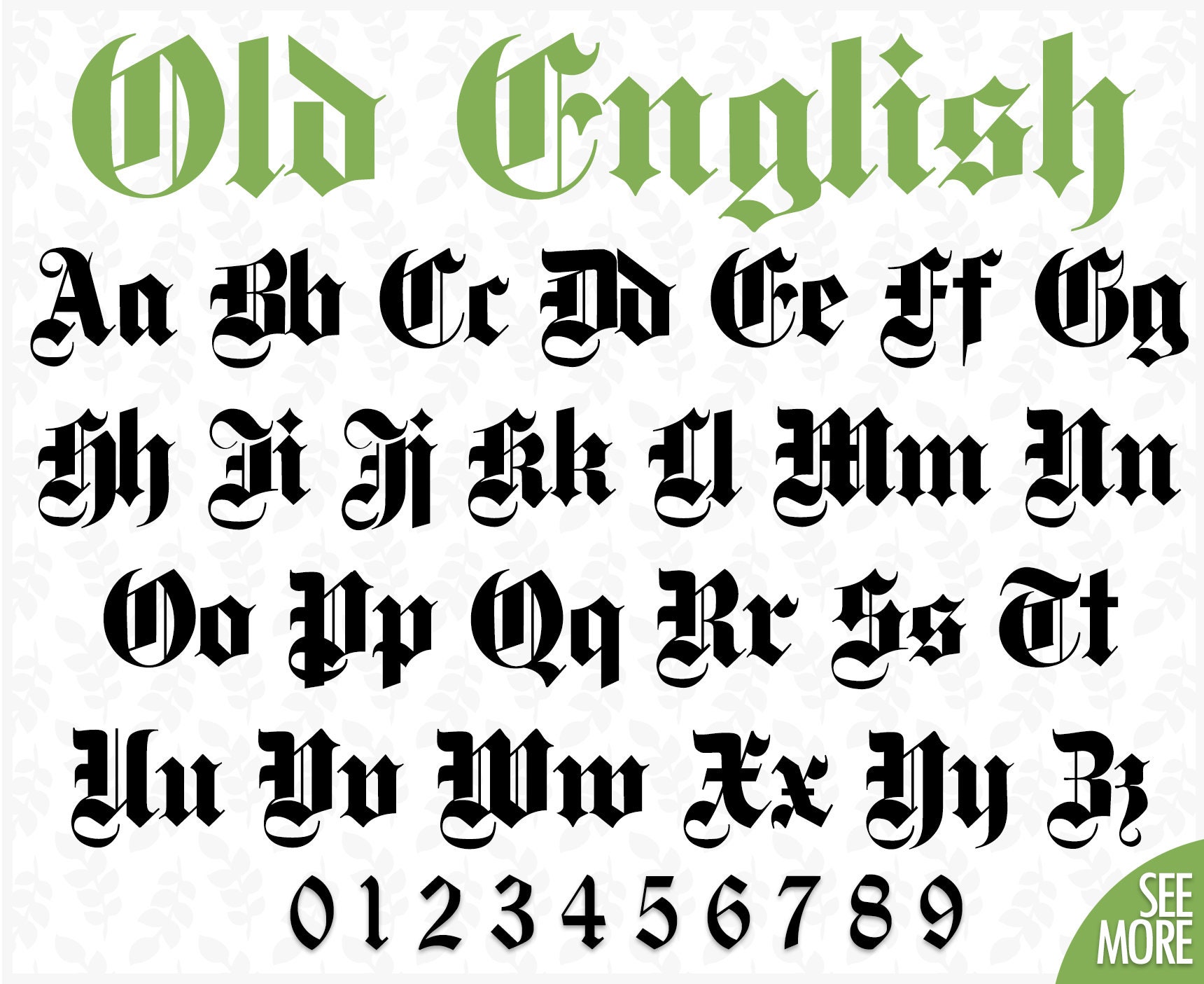


Descriptions Ĭursive is a style of penmanship in which the symbols of the language are written in a conjoined and/or flowing manner, generally for the purpose of making writing faster. In some alphabets, many or all letters in a word are connected, sometimes making a word one single complex stroke.Ī study of grade school children in 2013 discovered that the speed of their cursive writing is the same as their print writing, regardless of which handwriting the child had learnt first. Despite this belief, more elaborate or ornamental styles of writing can be slower to reproduce. The cursive method is used with many alphabets due to infrequent pen lifting and beliefs that it increases writing speed. The writing style can be further divided as "looped", " italic", or "connected". Formal cursive is generally joined, but casual cursive is a combination of joins and pen lifts. It varies in functionality and modern-day usage across languages and regions being used both publicly in artistic and formal documents as well as in private communication. For the rock band, see Cursive (band).Įxample of classic American business cursive handwriting known as Spencerian script, from 1884Ĭursive is any style of penmanship in which characters are written joined in a flowing manner, generally for the purpose of making writing faster, in contrast to block letters. For the style of typeface, see Italic type. All rights reserved.For the Chinese cursive handwriting in calligraphy, see Cursive script (East Asia). Data © of The Monotype Corporation plc/Type Solutions Inc.

Typeface © of The Monotype Corporation plc. It looks remarkably like the famous Cloister Black designed by Morris Fuller Benton in 1904. Little is known about the history of Old English Text, provided here by Monotype Typography, but it has been beautifully made. The Frakturs have an x that looks like an r with a mysterious disease, and the Blackletters have fiddly bits in the middle like those you see in this Old English Text. There are two main kinds of what people tend to call Gothic letters: the German Frakturs and the English Blackletter.


 0 kommentar(er)
0 kommentar(er)
